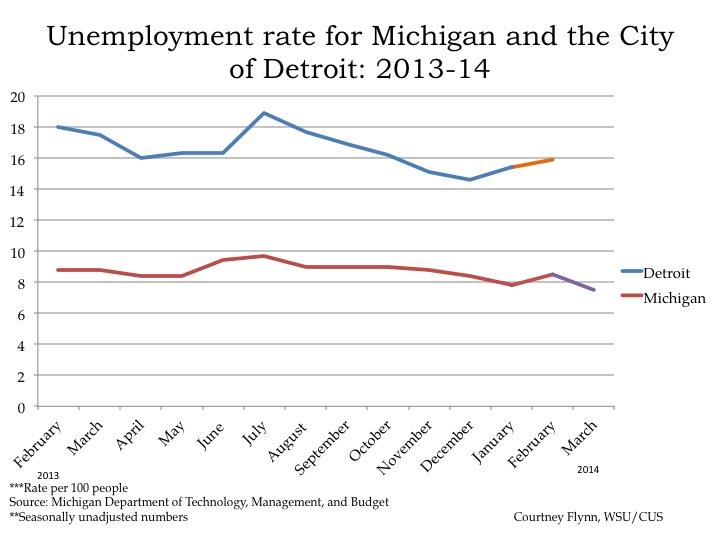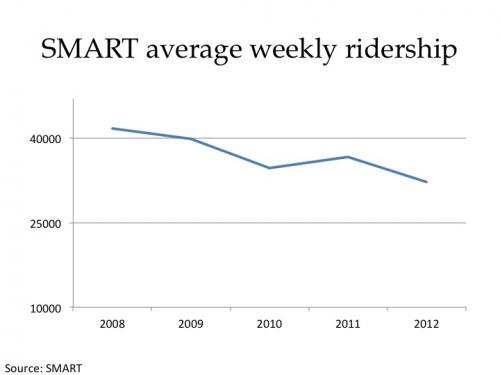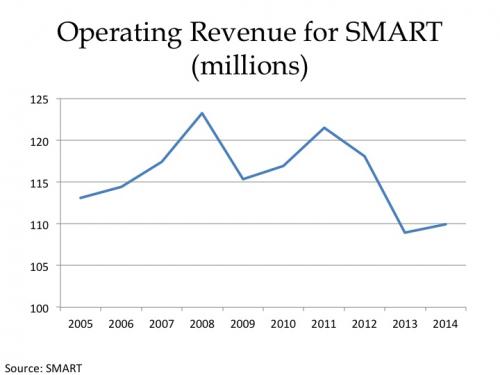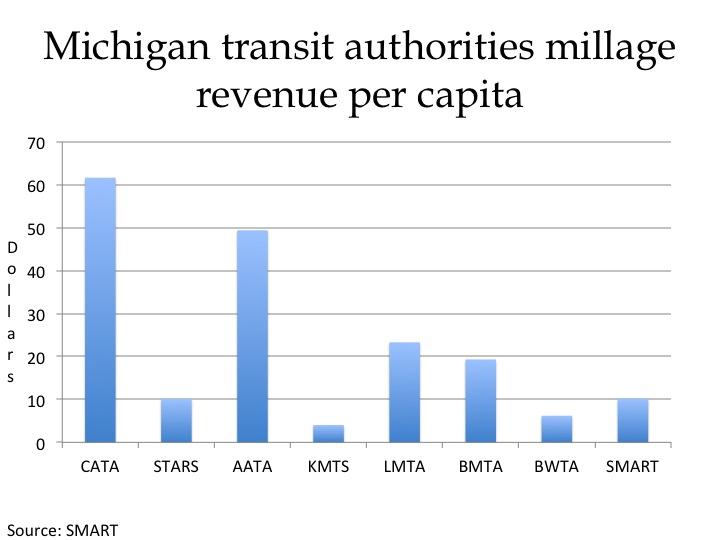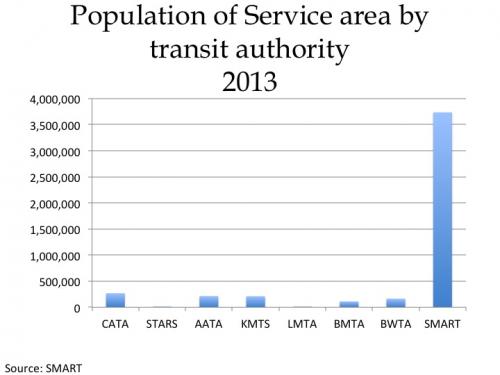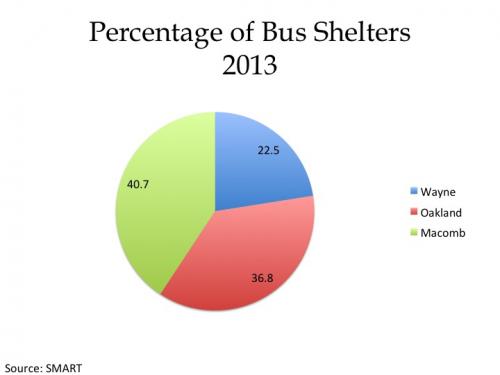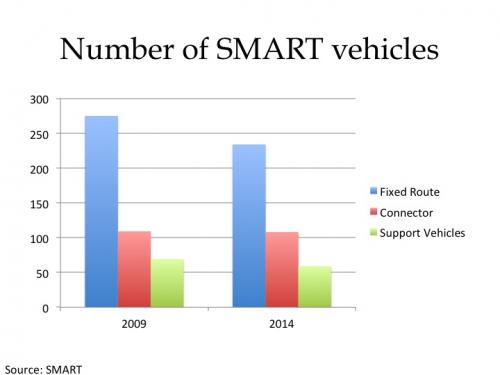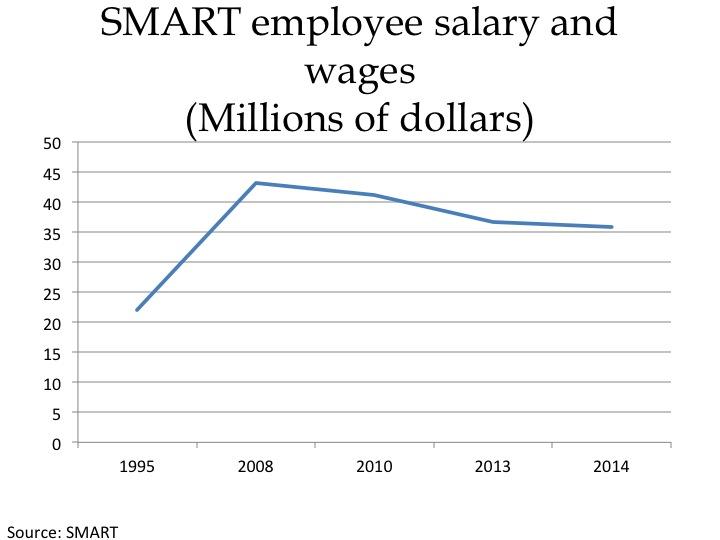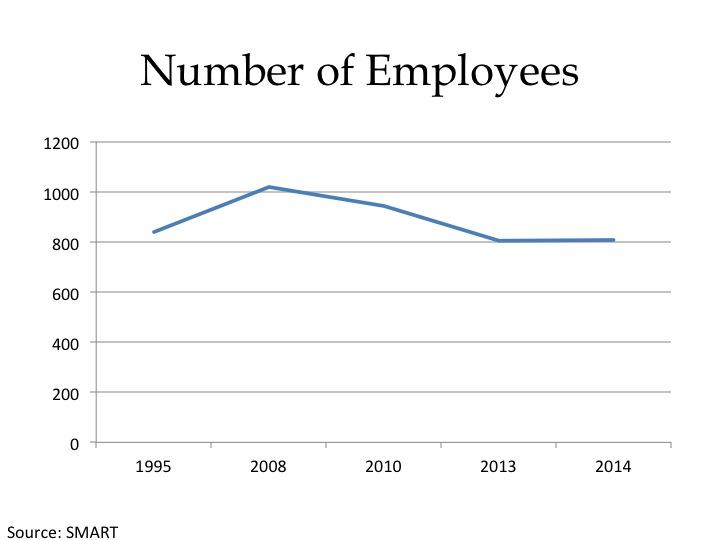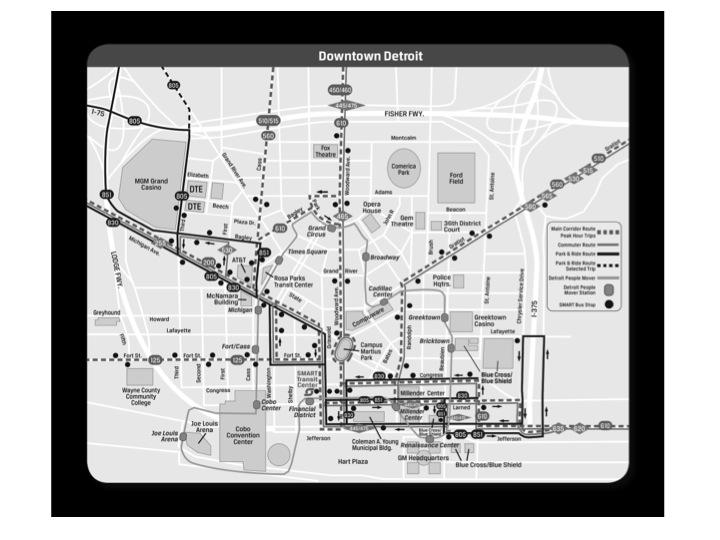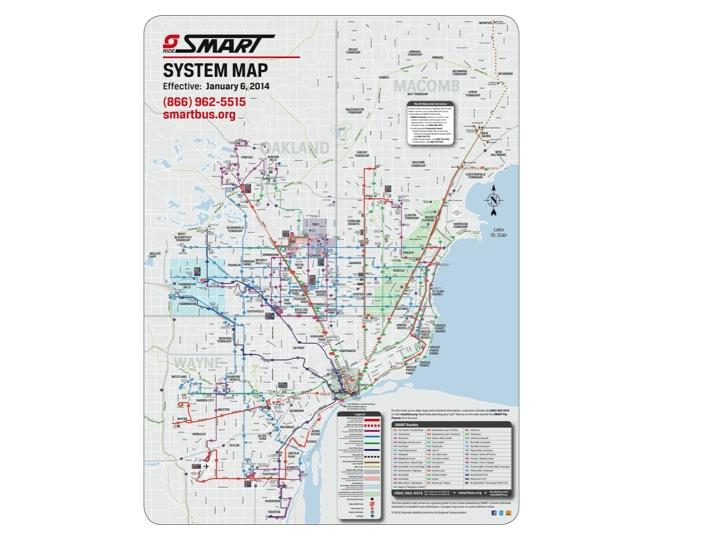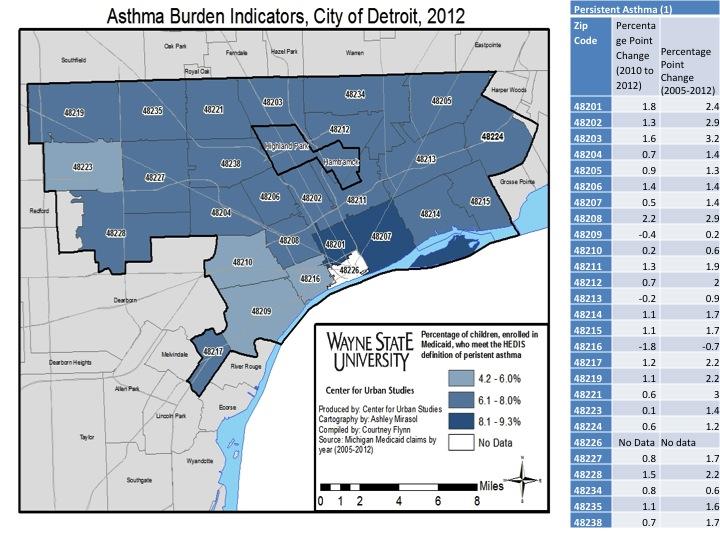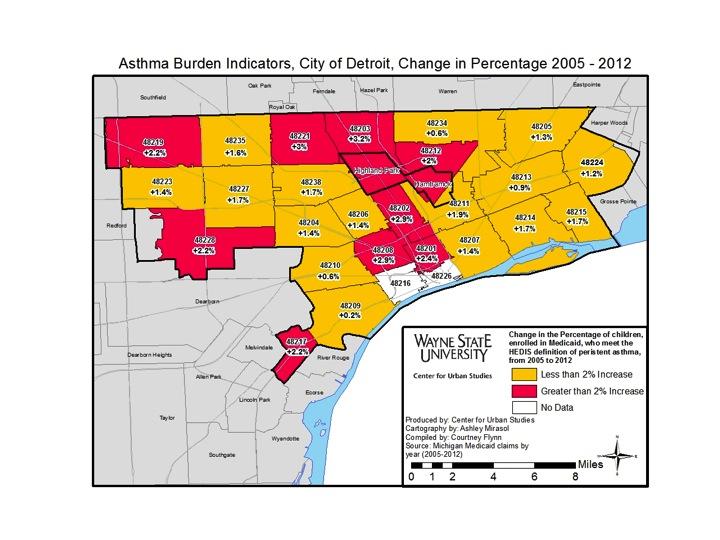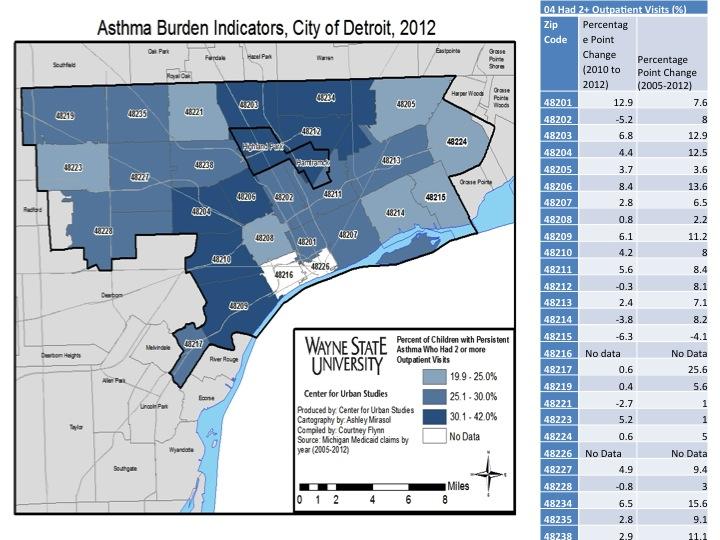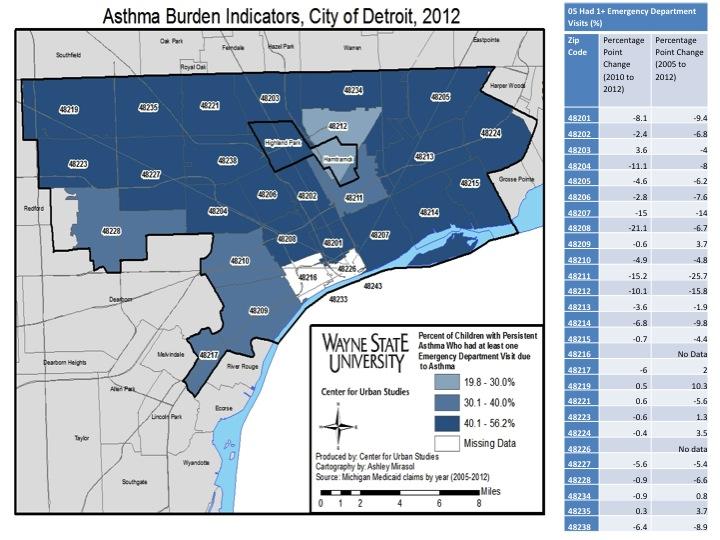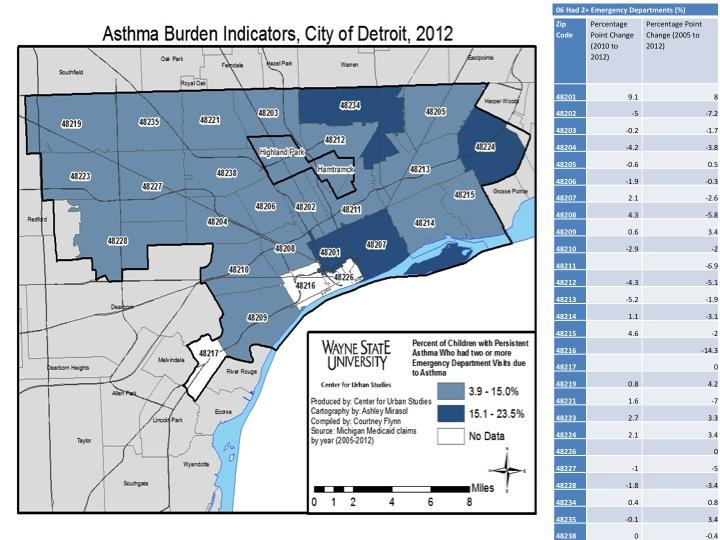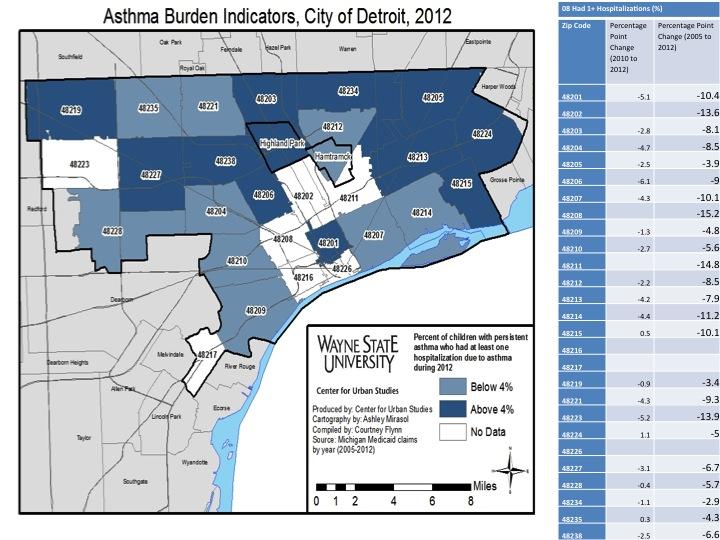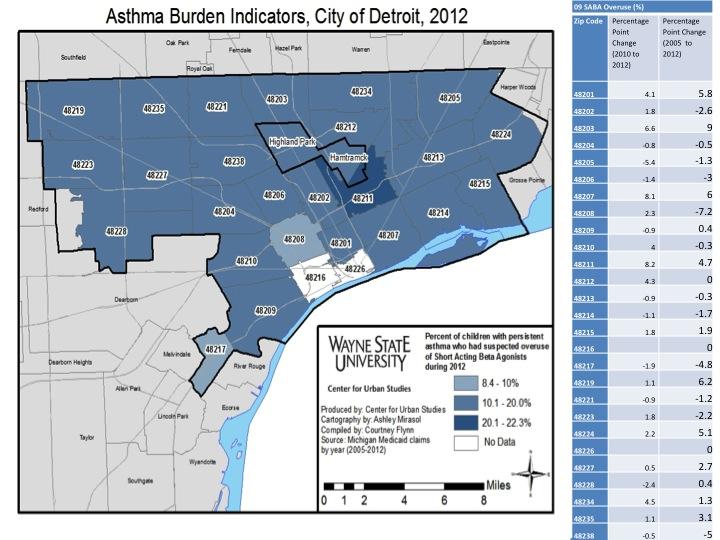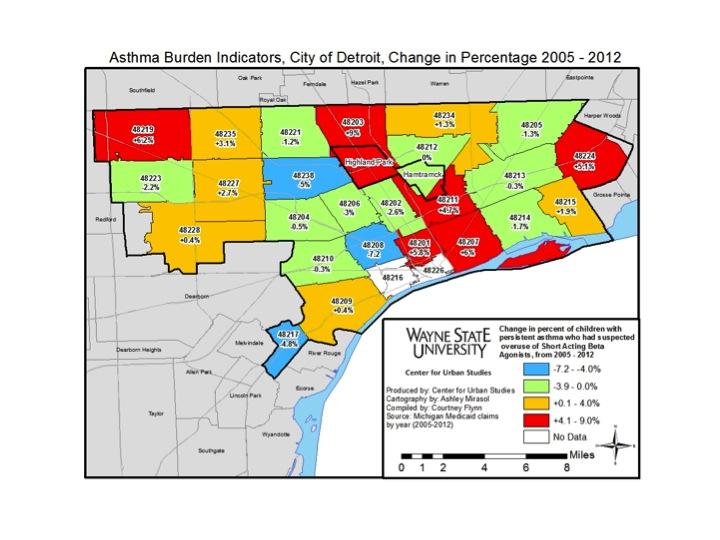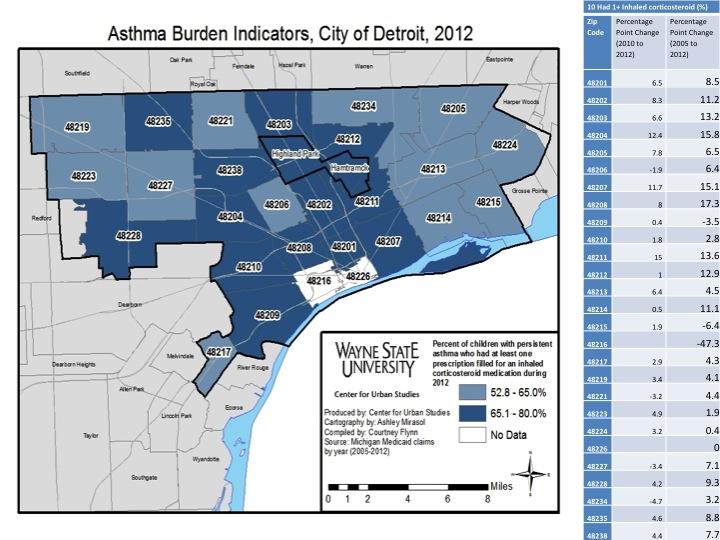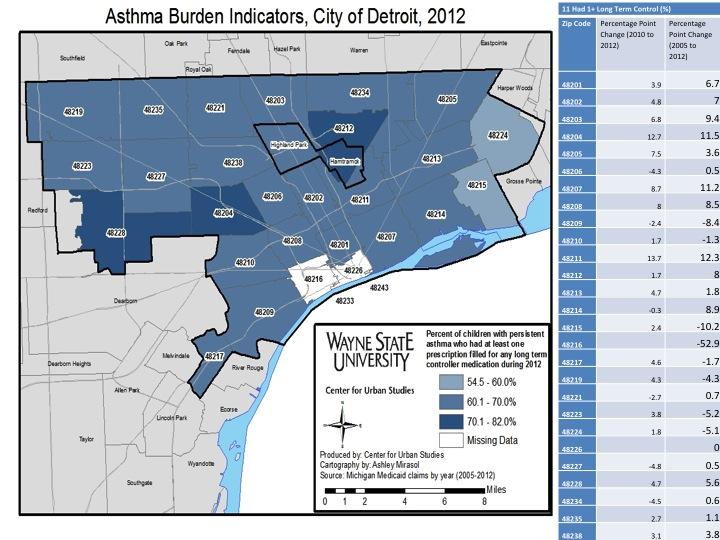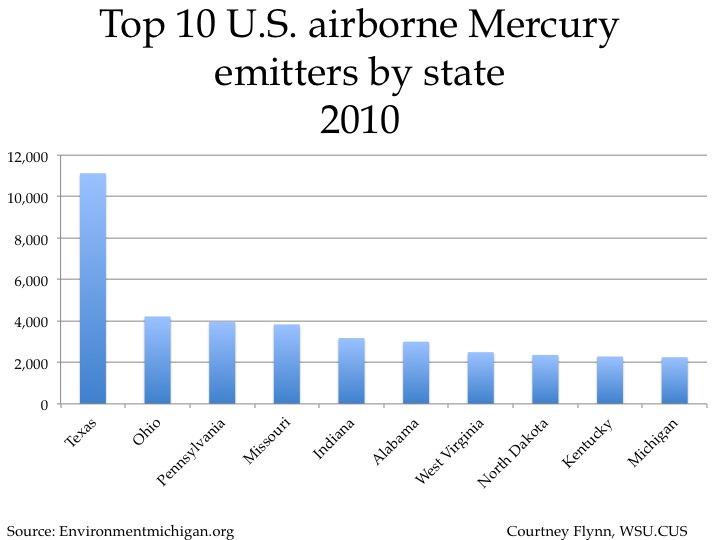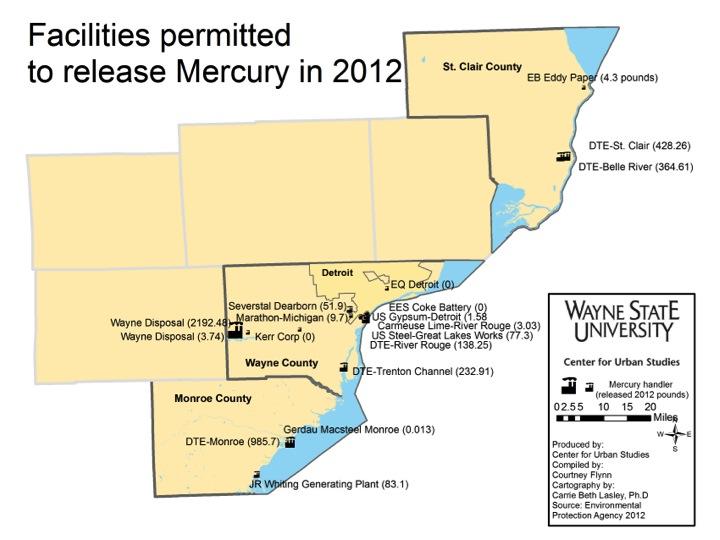According to the most recent data provided by the Michigan Department of Technology, Management and Budget, from February to March the unemployment rate for the State of Michigan decreased from 8.5 to 7.5 percent. The City of Detroit experienced an unemployment rate increase from 15.4 percent in January February to 15.9 percent in February. The unemployment rate in Detroit has increased 1.3 points since December of 2013. The reporting of unemployment rates for the local level are a month behind from the state level reporting.
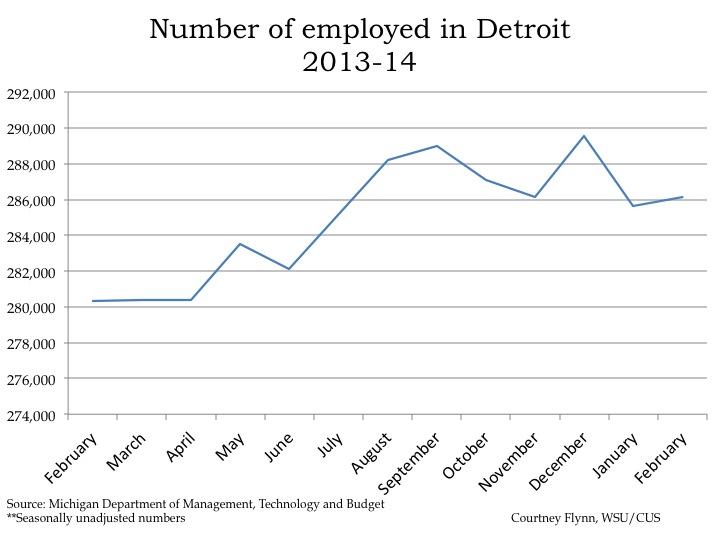
From January to February the number of people employed in the City of Detroit increased by about 500, leading to a total of to 286,136 people employed.
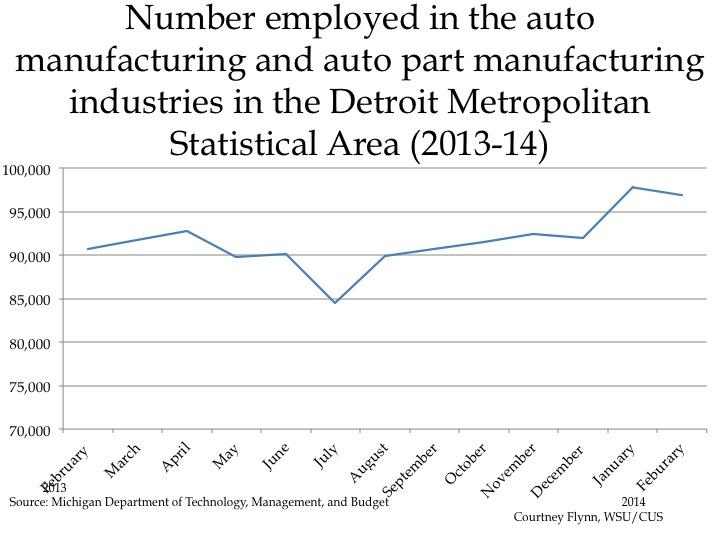
The above chart shows the number of people employed in the auto manufacturing industry in the Detroit Metropolitan Statistical Area (Detroit-Warren-Livonia) February 2013 and to February 2014. During the period under consideration, the highest employment levels in the auto manufacturing and auto parts manufacturing industries occurred in January 2014 when there were 97,800 people employed in the Detroit MSA. That number dropped by 900 to 96,900 in February.
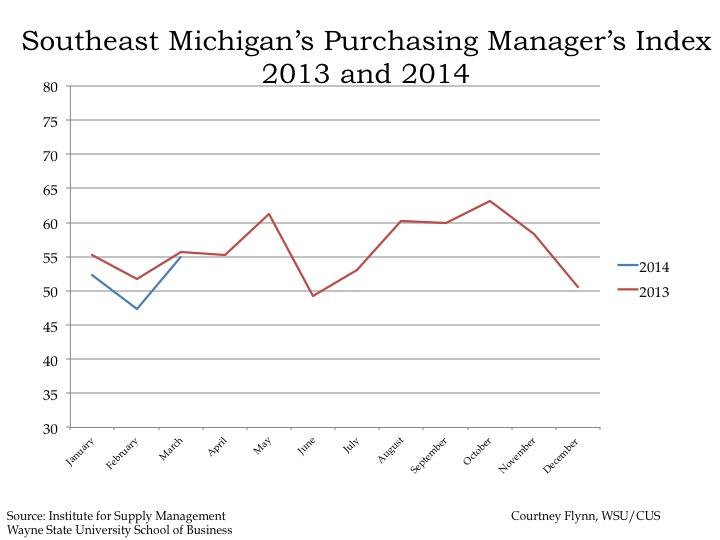
The Purchasing Manger’s Index (PMI) is a composite index derived from five indicators of economic activity: new orders, production, employment, supplier deliveries, and inventories. A PMI above 50 means the economy is expanding.
According to the most recent data released on Southeast Michigan’s Purchasing Manager’s Index, the PMI for March was 55, an increase of 7.7 points from the prior month.
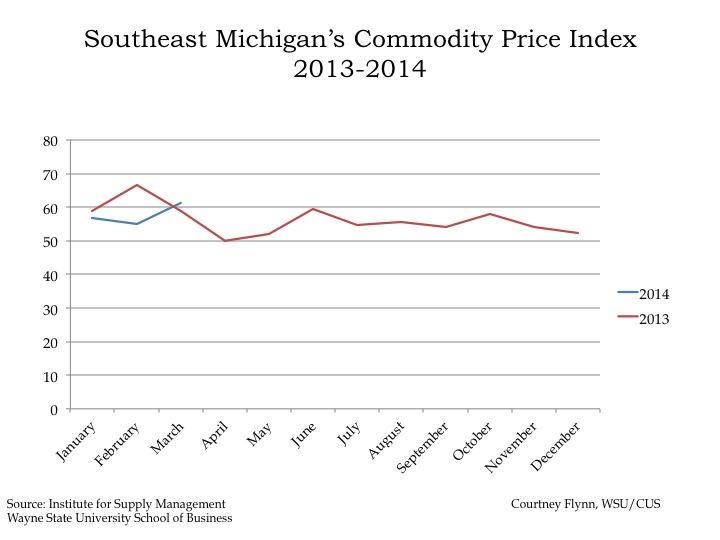
The Commodity Price Index, which is a weighted average of selected commodity prices, was recorded at 61.4 points in March, which was 3.8 points higher than the previous month.

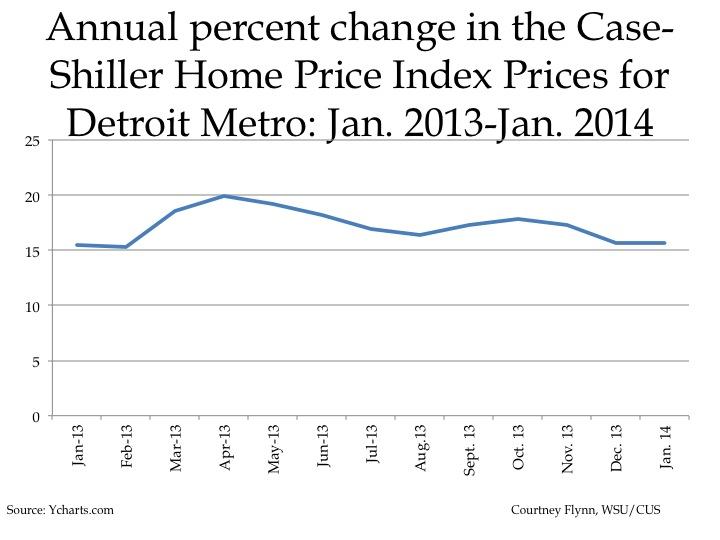
The above charts show the Standard and Poor’s Case-Shiller Home Price Index for the Detroit Metropolitan Statistical Area. The index includes the price for homes that have sold but does not include the price of new home construction, condos, or homes that have been remodeled.
According to the index, the average price of single-family dwellings sold in Metro Detroit was $94,800 in January 2014. This was an increase of approximately $13,400 from the average price in January 2013.
Also, the home prices in the area were slightly higher in January than in December while the percent changes in price from the year prior was roughly the same for those two months.
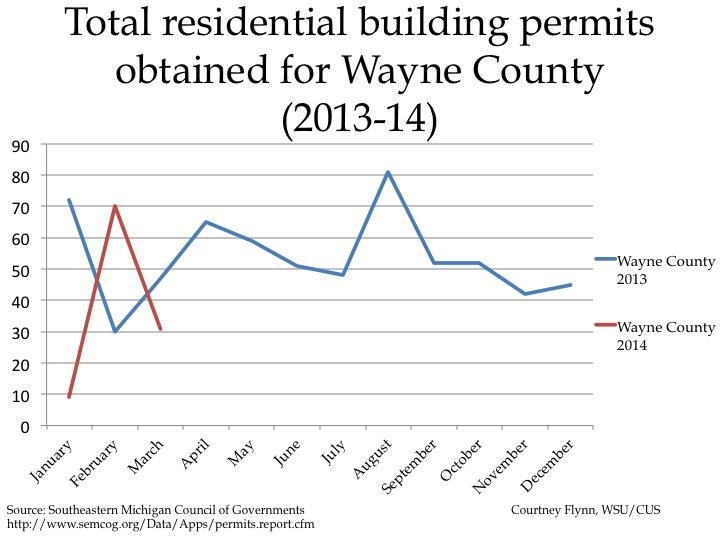
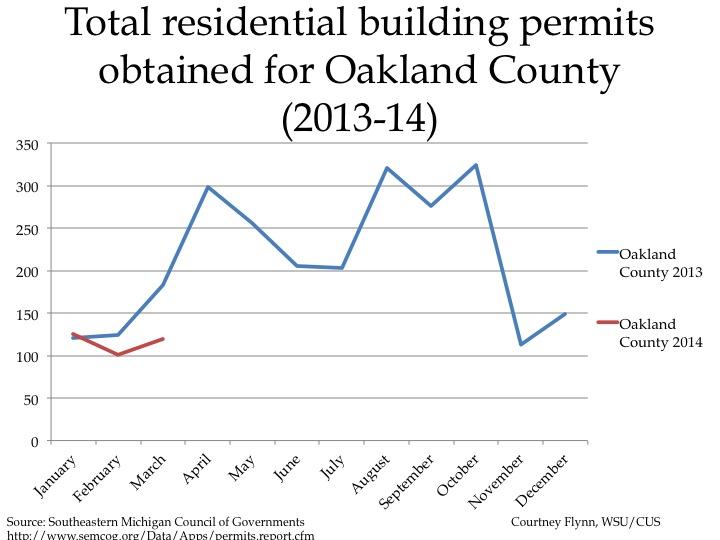
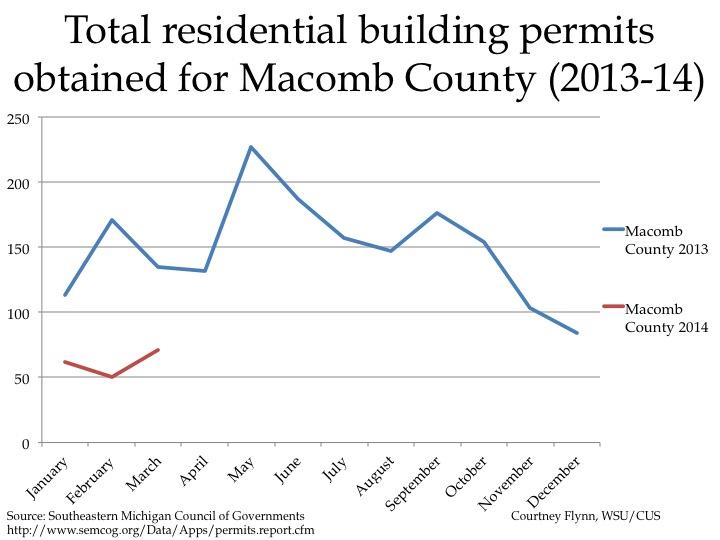
The above charts show the number of residential building permits obtained each month in Wayne, Oakland, and Macomb counties from January 2013 until February 2014. These numbers are reported by local municipalities to the Southeastern Michigan Council of Governments and include single-family units, two-family units, attached condos, and multi-family units.
Wayne County was the only one to experience a decrease in the number of building permits pulled in February 2014 to March 2014, from 70 to 31. Oakland County on the other hand with 120 permits pulled in March experienced a 21 permit increase since last month. and Macomb County had 71 permits pulled, a 21 permit increase over February.
